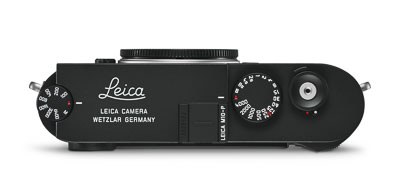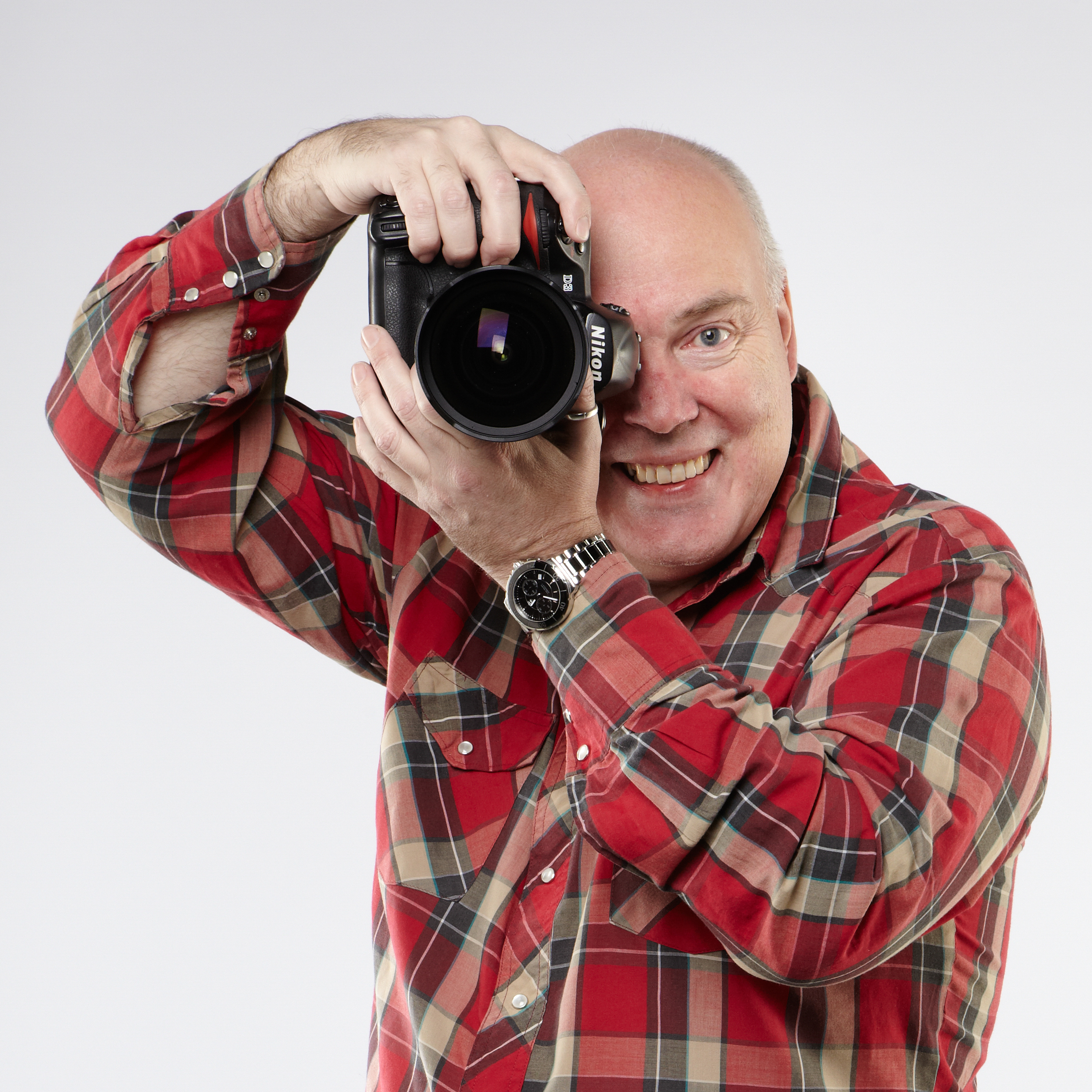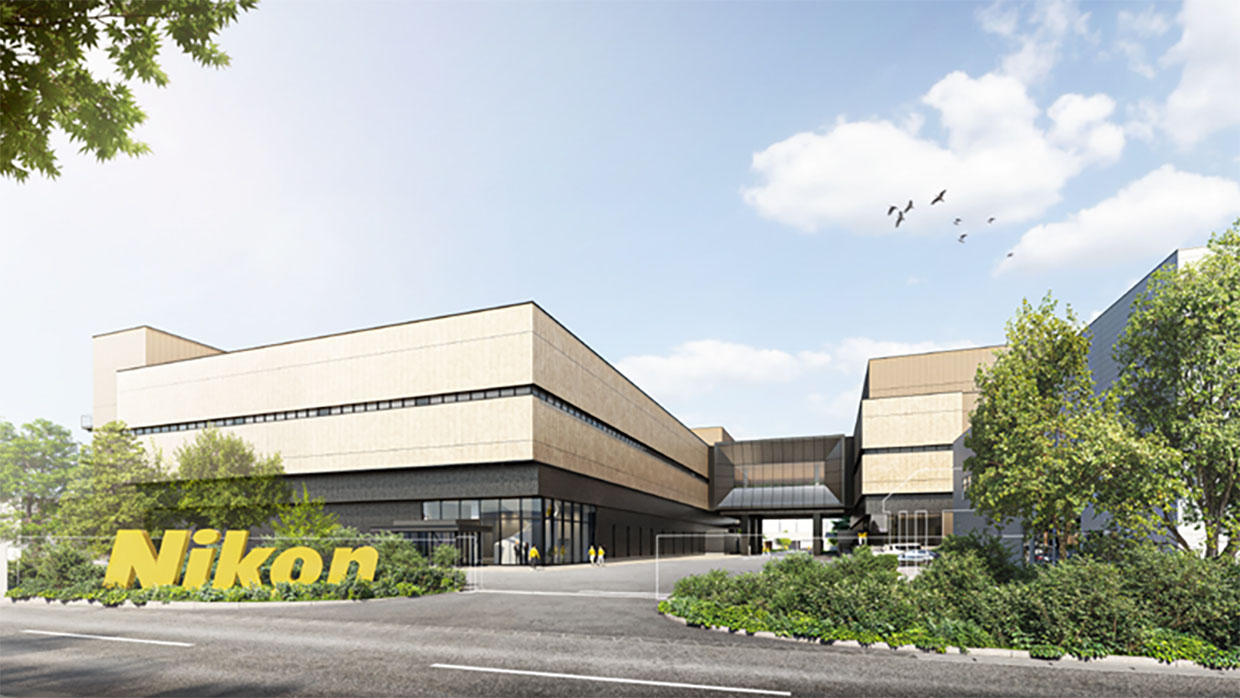Leica M10-P: the quietest Leica rangefinder ever
Leica's latest full-frame rangefinder camera adds a new 'silent' shutter, touch-sensitive screen and discrete styling

Leica M10-P: full-frame digital rangefinder camera
The M10-P is the latest in Leica's series of its iconic rangefinder cameras. This full-frame digital camera is also the most advanced so far, promising the quietest shutter mechanism in the whole 54-year history of the iconic M-series (and that includes analogue 35mm film models).
Essentially, the M10-P is a premium version of the M10, which was launched in 2017. It has the same 24-megapixel sensor, the traditional Leica rangefinder manual focusing, and the same 5fps motordrive.
The Leica M10-P also becomes the first M-series rangefinder model with a touch sensitive screen. This can be used to select the area on the screen you want to zoom into to check focus in Liveview, for instance. And it can also be used to swipe through images, and pinch to zoom, when reviewing your shots. Leica has previously only used touch-sensitive screens on its SL and CL mirrorless models.
Another key addition over the M10 is the introduction to an electronic spirit level - allowing you to keep horizons level, and keep buildings upright, when using the the 3-inch LCD back panel. Both the M10-P and M10 will be sold alongside each other – with the newer model selling for around a 10% premium.
Leica M10-P: Cosmetic improvements

In the same way as with the M9-P and M240-P before it, this new P--for-Professional version of the M10 the branding of the camera has become more subtle. The red circular Leica logo is removed from above the lens mount, and instead you get a retro-style engraved Leica signature logo on the top plate.
In an effort to make a luxury camera even more luxurious, the plastic hotshoe cover has been replaced with an all-metal one, that matches the finish of the top plate.
The M10 was the thinnest of the digital M Leicas, and the M10-P shares the same dimensions and weight as its older brother. Both models are made from brass casing with a magnesium die-cast housing and synthetic leather detailing.
The best camera deals, reviews, product advice, and unmissable photography news, direct to your inbox!
Leica M10-P: just how quiet is it?

The Leica rangefinder has been synonymous with discrete, near-silent shooting from the start. To this day only cameras that are as quiet as a Leica M-range camera can be used in US courts. But the M10-P sets a new record to quiet operation from a mechanical shutter.
In a presentation to the UK press, we heard the shutter being fired from a top mirrorless and SLR models from rival manufacturers - as well as from a range of different M-models. The graphs (shown above) show the small, but significant improvement that the M10-P has made over the M10.

Leica M10-P specs
- 24MP full-frame CMOS sensor
- M-mount interchangeable lenses
- Rangefinder manual focusing
- 3in touchscreen LCD (1.04 million pixels)
- Liveview with focus peeking
- Electronic spirit level
- 5fps
- 2GB buffer capacity (approx 30 Raw DNGs, or 100 JPGs)
- ISO 100 - 50,000
- WLAN connectivity
- SD, SDHC, SDXC
- 139 x 38.5 x 80mm
- 675g (with battery)

The Leica M10-P uses the same mechanical dials for key settings as the M10. This allows you to set aperture, shutter speed and focus distance even before the camera is switched on. A thumbwheel control gives you exposure compensation.
On the back there are three main buttons - for playback, menu options, and engaging Liveview. A five-way joystick control if provided on the right of the screen.

As with previous modes, the battery and SD card slot are hidden beneath the chunky metal baseplate - which needs to be removed.
GPS can be added using the optional Leica Visoflex (Typ 020) viewfinder, which attaches to the hotshoe. Costing £390 ($575). this offers a 2-million pixel LCD, and a tilt function (the built-in rear LCDis fixed). This accessory can be particularly useful when using ultra-wide and telephoto lenses, which the rangefinder is not well designed to work with.
Leica M10-P vs Leica M10: what's the difference?

These are the key differences and additions that differentiate the Leica M10-P over the M10:
• New shutter offering quieter operation
• Touchscreen LCD
• Metal hotshoe cover (replacing plastic cover on the M10)
• Electronic spirit level
• No 'red dot' logo on front
• Signature-style Leica logo engraved on top-plate

Leica M10-P: price and availability
The Leica M10-P is available immediately, and is available in a choice of black chrome or silver chrome finishes. The camera body costs £6,500 in the UK, and $7,995 in the States.

Read more: Leica launches M Monochrom Stealth Edition

Chris George has worked on Digital Camera World since its launch in 2017. He has been writing about photography, mobile phones, video making and technology for over 30 years – and has edited numerous magazines including PhotoPlus, N-Photo, Digital Camera, Video Camera, and Professional Photography.
His first serious camera was the iconic Olympus OM10, with which he won the title of Young Photographer of the Year - long before the advent of autofocus and memory cards. Today he uses a Sony A7 IV, alongside his old Nikon D800 and his iPhone 15 Pro Max.
He is the author of a number of books including The Book of Digital Photography, which has been translated into a dozen different languages.
In addition to his expertise in photography and videomaking, he has written about technology for countless publications and websites including The Sunday Times Magazine, The Daily Telegraph, What Cellphone, T3 and Techradar.
